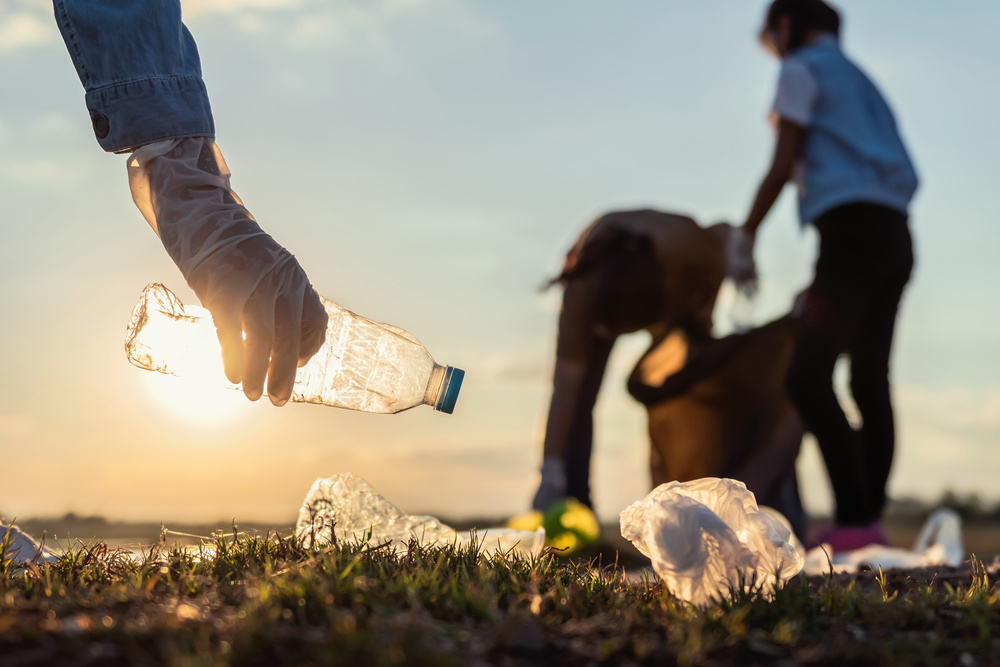Washington Simplifies Recycling – Imagine That!

I am a child of the late 1960s and 70s. I grew up in the Nixon-Ford era. I listened to disco and Motown, and I was part of that first generation exposed to the idea of recycling in elementary school. Back then, recycling was so much simpler than it is today. We only had one word for it: recycling.
Things are a whole lot different today. In the 21st century, we don’t just recycle. We also re-purpose, reuse, up-cycle, down-cycle, and utilize sustainable practices. It is all too much if you don’t have enough brain power to understand how the modern world thinks.
With all of that said, imagine my surprise to discover that Washington has simplified recycling for those of us with limited intellectual abilities. The EPA boils the whole thing down to three fundamental principles:
1. Reduce
The first of the three EPA principles is that of reduction. It is a pretty simple concept. The whole point of the broader recycling concept is to eliminate waste and keep trash out of landfills. That’s what reduction is all about.
The reduction principle is about mitigating waste. So instead of using foam coffee cups in the break room, employees bring reusable mugs from home. Meanwhile, coffee shops encourage patrons to bring their own travel mugs in order to reduce dependence on single-use paper cups.
2. Reuse
Second on the EPA’s list is reuse. Based on their definition, they combine reusing and repurposing under this one principle. We can define reusing simply as taking an item destined for the landfill and putting it to use in some other way. Even using it a second time for the same purpose still qualifies.
Let’s say you buy cold cuts in a plastic container. The reuse mentality says don’t throw the container away once it’s empty. Put it in the cupboard for later use to store your leftovers in the fridge.
Another good example is reusing paper. You probably get all sorts of announcements in the mail, announcements printed on just one side of the paper. The other side is blank. That is open space waiting for you to print or write on. Reusing the paper also means reducing waste.
3. Recycle
Third on the EPA’s list is recycling. This is the one you may be most familiar with. If you are like me, you remember being told by your teachers to recycle all your paper and glass. Recycling plastic came into play in junior high and high school.
Speaking of plastic, the experts at Seraphim Plastics say recycling comes in many different forms. The Tennessee-based company buys and sells scrap plastic in seven states, including Ohio and Michigan. They utilize mechanical recycling to transform industrial scrap plastic into regrind.
Scrap plastic can also be chemically recycled. Doing so is not as easy as mechanical recycling, but it works. As for paper and glass, there are multiple ways to recycle those materials as well.
The main point of recycling is to reduce recyclable materials to their individual components for reuse elsewhere. The big challenge in recycling is to find ways to recycle the same materials indefinitely. If we can figure that out, we can take a whole bunch of recyclable materials out of the waste stream.
A Simple Explanation
That EPA’s simple explanation of recycling is much appreciated. As unusual as it is for the government to make things so simple, the EPAs managed to do so in this case. They have taken all the confusing terminology and boiled it down to three fundamental principles: reduce, reuse, and recycle. That pretty much sums it up.







